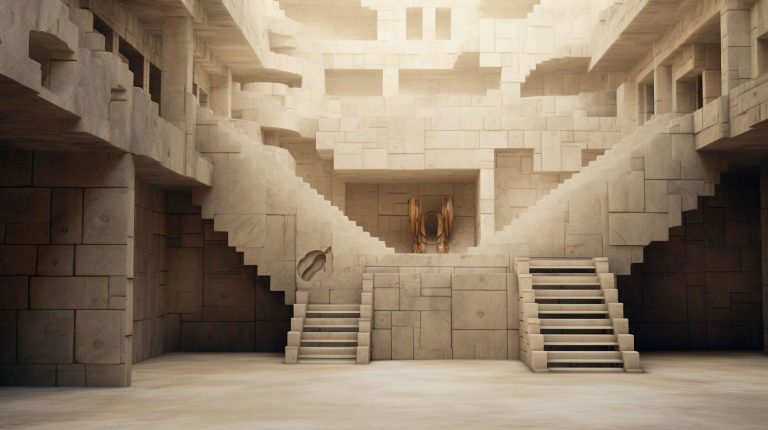However, as travelers with cameras, it’s vital to navigate these religious sites with respect and sensitivity. In this article, we will explore ethical guidelines for photographing sacred sites, ensuring we pay homage to these religious icons while capturing their beauty.
Understanding the cultural context
Before embarking on your photographic journey, take the time to research and acquire an understanding of the cultural significance of the religious site you are planning to visit. Respect for religious icons goes beyond just capturing aesthetically pleasing images; it involves recognizing their spiritual importance to communities and individuals worldwide.
Research can help you:
- Learn about the historical background and religious practices associated with the site
- Understand any specific rules or dress codes imposed by the religious institution
- Identify any photography restrictions
Seeking permission and guidance
While visiting a sacred site, respect the local customs and traditions by seeking guidance from the religious authorities or site stewards. Their knowledge and expertise can provide valuable insights into the significance of the religious icons and their appropriate portrayal through photography.
When seeking permission:
- Interact with the authorities and express your interest in capturing the religious icons
- Inquire about any designated photography areas or time restrictions
- Ask if there are any specific angles or approaches to avoid
Practicing discretion and mindfulness
When photographing sacred sites, exercising discretion and mindfulness is of utmost importance. The following practices will ensure you capture breathtaking images while remaining respectful:
- Avoid unnecessary camera flash, as it may disrupt the ambiance and sanctity of the place
- Refrain from touching or damaging any religious artifacts or icons
- Do not interfere with any ongoing religious ceremonies or rituals
- Be mindful of other visitors’ spiritual experiences and personal space
Understanding photography restrictions
Religious sites often have specific rules and restrictions regarding photography. While some may prohibit photography altogether, others may allow it but under certain conditions. Be sure to recognize and adhere to these rules to show respect and avoid causing any harm.
Photography restrictions can include:
- No photography zones or specific areas where photography is forbidden
- Restrictions during religious ceremonies or sensitive events
- Prohibition of photography of certain religious artifacts or icons
Reflecting on your intentions
As photographers, it’s essential to reflect on our intentions behind photographing religious icons. Are we doing it solely for personal gain or to capture and share the beauty of these sites? By genuinely appreciating and understanding their significance, we can create meaningful and respectful images that honor the religious milieu.
Key takeaways for photographing religious icons
- Research and understand the cultural context of the religious site
- Seek permission and guidance from religious authorities
- Practice discretion, mindfulness, and respect within the sacred site
- Adhere to any photography restrictions or rules
- Photograph with genuine appreciation and understanding
In conclusion
Capturing religious icons through photography can be a rewarding and enriching experience. However, it is crucial to approach these sacred sites with the utmost respect and sensitivity. By adhering to ethical guidelines, seeking permission, and understanding photography restrictions, we can perpetuate the beauty of these religious icons while honoring their spiritual significance. Let us remember that our photographs have the power to inspire, educate, and promote cultural understanding when approached with integrity and respect.






















+ There are no comments
Add yours